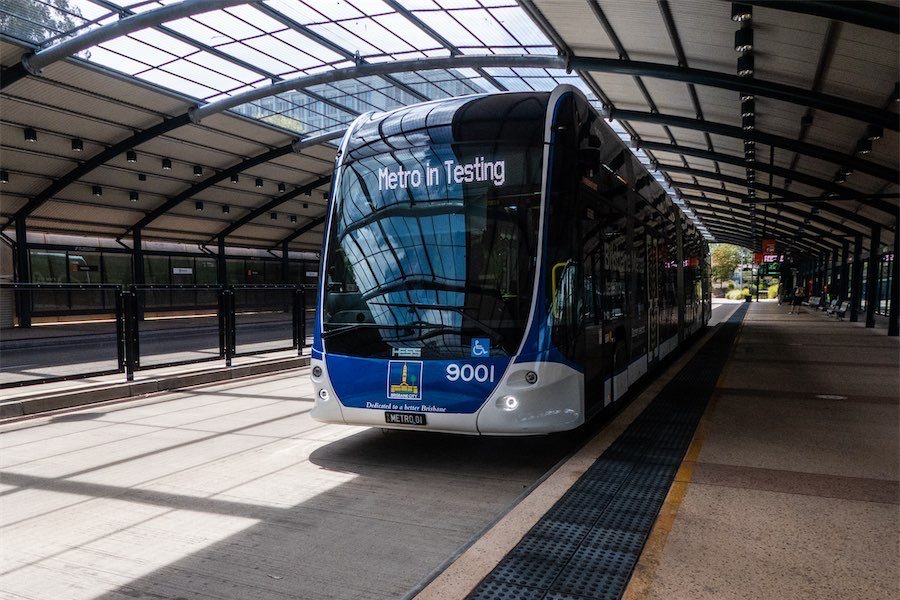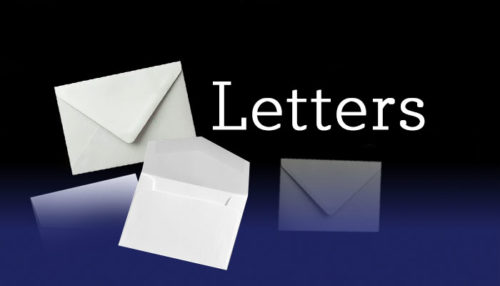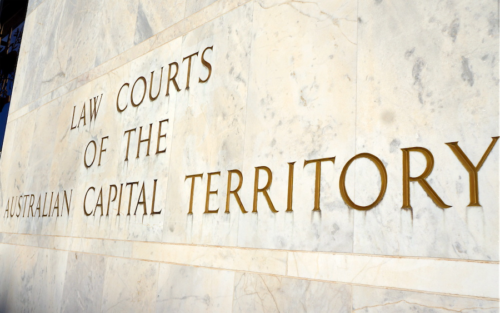
“The considerably lower per km cost of the Brisbane Metro compared to the Canberra Metro results from using existing infrastructure, including busways, and investing not in rails but in what benefits the public, namely electric vehicles,” writes BEATRICE BODART-BAILEY.
It all began with horse-drawn carriages running with small steel wheels on steel tracks.

This provided welcome relief from riding over cobble-stoned streets in large-wheeled vehicles with rudimentary suspension.
When the electric engine replaced the horses in the second half of the 19th century, the tram was born. With its costly steel tracks, providing the luxury of a smooth ride without pollution, the tram became a prestigious feature of elegant shopping streets of rapidly expanding cities.
Buses, cheaper and more flexible, rattling over uneven pavement and polluting the air, were the worker’s transport.
With the development of long-range, battery-powered buses with superior suspension and today’s smooth road surfaces, the buses’ disadvantages disappeared.
However, the distinction of the latter being low-class while trams are elegant with supposedly high-value “capture” along the route is actively promoted by tram manufacturers in Europe fearing the competition of much cheaper buses.
They avoid mentioning that increasingly denser and faster traffic has turned the former asset of smooth-running steel wheels on steel tracks into a liability, for it reduces braking power to dangerous levels at higher speeds appropriate today.
Many near fatal accidents have been reported in the short time of the Canberra Metro’s operation and these will no doubt increase as several tram track crossings are added with the 2A extension.
Yet, despite this and many other problems, in the minds of many, the tram remains the transport our capital city deserves whatever the cost: prestigious and comfortable, superior to high-tech modern buses.
Brisbane found itself in a similar situation to Canberra when it had to find a solution to its transport chaos before hosting the Olympics.
Trams or buses? A clever Swiss company solved the problem. Aware of the ingrained prejudice against buses, it applied the theory of Pavlovian conditioning to the problem.
Ivan Pavlov (1849-1936) discovered that dogs will salivate at the ringing of a bell, if accustomed to food appearing at that sound. Similarly, the visual stimulus of the shape of the tram convinces people that they will enjoy an elegant, smooth ride.
Hiding the buses’ large tyres with a panel, makes them virtually indistinguishable from a tram. Further, the assurance provided by the tram’s rails to the investor of long-term public transport along the route, is here simulated by more elaborate stops which provide overhead battery charging, shortening the time the bus requires at the depot to recharge.
Named “Brisbane Metro” and referred to in the promotional literature at times even as a train, many seem to be unaware that what will be running throughout Brisbane in dedicated lanes is in fact a bus.
The media has even accused the Brisbane City Council of deceiving the public. That is, like the shape of the Brisbane Metro, a question of perception.
In the past, asking Google whether the Brisbane Metro is a bus or a tram, the answer was evasive, calling it the most appropriate, modern transport for the city.
After media protest, one finds the answer: “a fleet of 60 electric high-capacity trackless trams will run on dedicated busways.” Elsewhere the term “metro bus” has appeared.
Whatever you might call it, it does look much like a close relative of the Canberra Metro.
There is, however, one big difference, namely the cost, estimated at $1.4 billion. In Canberra, $1.32 billion has been committed for the 1.7 km of light rail track from Civic to Regatta Point, including the raising of London Circuit, five extra trams and retrofitting the existing 14 trams with batteries.
In Brisbane, $1.4 billion covers the purchase of 60 bi-articulated electric Metro buses for two new Brisbane Metro lines running 21 kilometres with 18 stations, providing interchanges at 11 locations, and flash overhead charging at stations plus end-of-route charging facilities.
Further, it includes the 213-metre Adelaide Street Tunnel easing bottlenecks in the Brisbane CBD, while in Canberra the raising of London Circuit will be creating these.
The video mock-up of the Canberra Metro extension from Civic to Regatta Point shows sections of the raised London Circuit with the tram lines in the middle, and one car lane in each direction on either side. How will emergency vehicles reach accidents in these sections?
Since London Circuit has been raised by six metres, cars presumably cannot move to the left. Moving to the right risks colliding with the trams.
The considerably lower per km cost of the Brisbane Metro compared to the Canberra Metro results from using existing infrastructure, including busways, and investing not in rails but in what benefits the public, namely electric vehicles with the latest comforts and ease of accessibility.
In Canberra, diesel buses will pollute till 2040, and the drastic reduction of bus lines and stops has forced many to rely on their cars, increasing traffic congestion.
In 2012 the only comparison ever made between BRT (Bus Rapid Transit) and LRT (Light Rail Transit) pointed out the significantly higher benefit cost ratio (BCR) of BRT compared to LRT, with no difference in the commercial development along the line.
In 2010 the Chinese company BYD rolled out its K9 electric bus, so successfully that it was soon manufactured in California. Canberra decided on a Spanish tram unable to climb the hills of the ACT instead. For Labor needed the Green’s vote to govern, and the price was the tram.
The benefit cost ratio of the Brisbane Metro is 1.91. That of the Canberra Metro extension 2A is 0.38. The former is “fully funded in partnership with the Australian Government”. With its low BCR, the Metro of the Australian capital is, understandably, not so blessed.
Historian Beatrice Bodart-Bailey is an honorary professor at the ANU School of Culture, History and Language and an emeritus professor of the Department of Comparative Culture, Otsuma Women’s University, Tokyo.
Who can be trusted?
In a world of spin and confusion, there’s never been a more important time to support independent journalism in Canberra.
If you trust our work online and want to enforce the power of independent voices, I invite you to make a small contribution.
Every dollar of support is invested back into our journalism to help keep citynews.com.au strong and free.
Thank you,
Ian Meikle, editor




![Teacher Vanessa Jones has been living in Higgins since 2001, and while she loves the area, she says she is “fed up” with the neglectful ACT government.
The Higgins shops have been completely abandoned, says Vanessa, preventing the opportunity for residents to have a community-centred space to socialise.
They only received bins nine months ago, she says, and requests for a water station and repairs to the bus station have gone unanswered.
“It’s very, very slow,” says Vanessa.
“I asked for the zebra crossing on Fullagar [Crescent] to be repainted, and we had to wait about six or nine months.
“That’s just such a long time… we pay a lot of rates.”
Vanessa says assistance from the government only seems to go to communities with time-rich and assertive communities, leaving places such as Higgins, where the majority of households have both adults working full-time and English may not be the first language of the family, at an automatic disadvantage.
“If you’ve got two people working, paying a mortgage, raising two or three kids, they don’t have the time,” says Vanessa.
Vanessa says the lack of attention quieter places such as Higgins is receiving is starting to look a lot like favouritism.
Read the full article on our website citynews.com.au
#canberra #canberranews](https://citynews.com.au/wp-content/plugins/instagram-feed/img/placeholder.png)
Leave a Reply